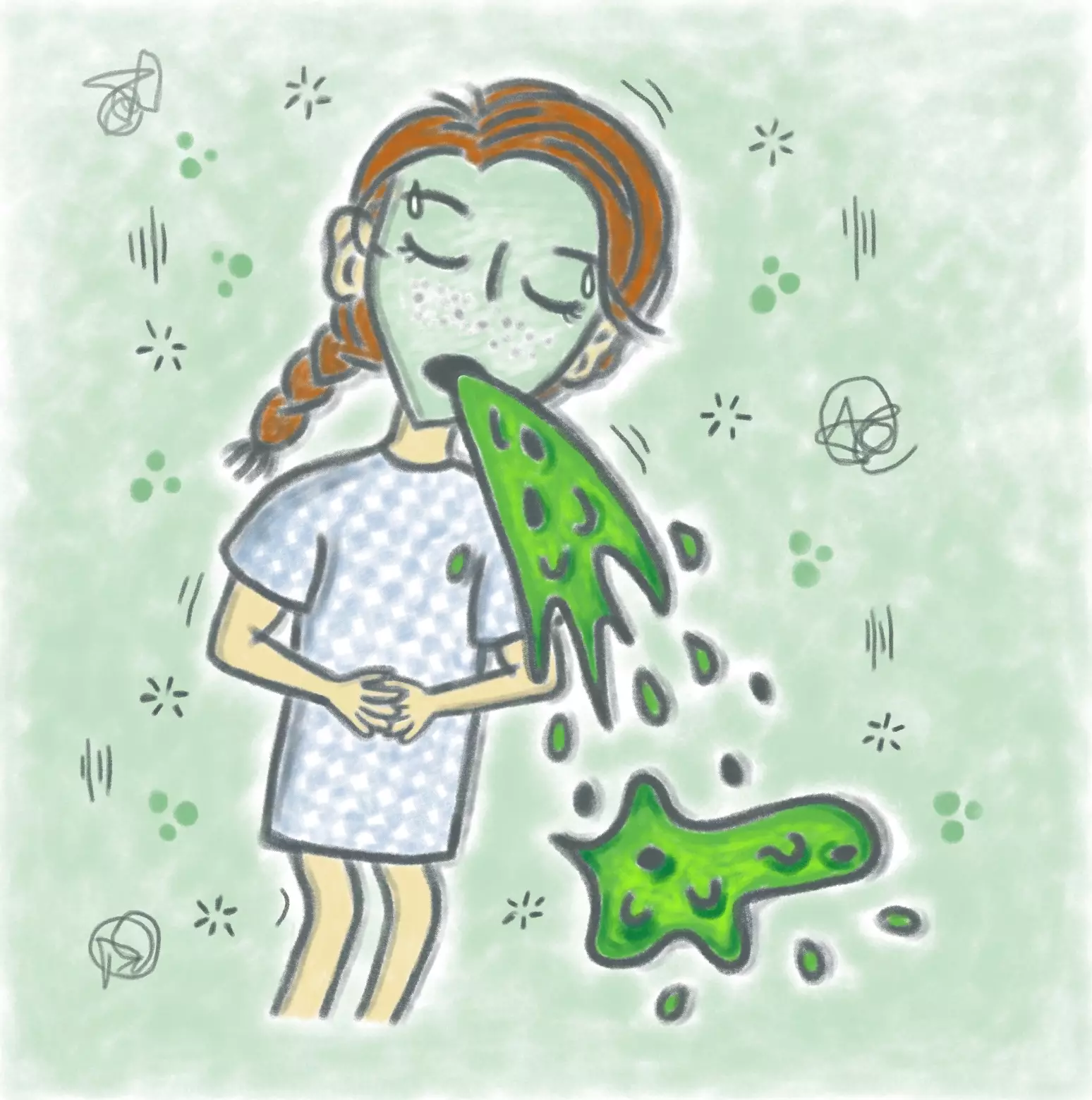Postoperative Nausea and Vomiting
Postoperative nausea and vomiting (PONV) is one of the most common complications that patients experience in the postoperative period. It is important to identify risk factors (patient-related, surgery-related, and anesthesia-related), assess the risk of PONV occurrence, and choose an appropriate approach based on the risk assessment. The most commonly used scoring system is the Apfel score. In this algorithm, we will explore the entire perioperative period, starting with the pre-anesthetic evaluation and ending in the recovery room. We will look into how to assess the adult patient’s risk of PONV using the Apfel score and how to proceed with PONV prophylaxis and treatment.
Review
Postoperative Nausea and Vomiting (PONV) is one of the potential side effects of anesthesia. Unlike other risks, it often affects young and healthy patients. The reported incidence varies significantly and depends on the type of surgery, anesthetic technique, and patient-related risk factors. The importance of PONV risk assessment is often underestimated and trivialized by doctors, but it is a significant aspect for the patients. Experiencing PONV can be very stressful and notably reduces satisfaction with the care provided. In a minority of cases, PONV can lead to serious complications. In general, the occurrence of PONV increases the cost of healthcare.
This interactive algorithm from AKUTNĚ.CZ, presented through a simple case study, serves as a reminder to keep this concern in mind and introduces us to a multimodal approach that can effectively lower the occurrence of PONV.
Sources
VYMAZAL, Tomáš; MICHÁLEK, Pavel a KLEMENTOVÁ, Olga. Anesteziologie (nejen) k atestaci. Praha: Grada Publishing, 2021. ISBN 978-80-271-1230-2.
JINDROVÁ, Barbora; STŘÍTESKÝ, Martin a KUNSTÝŘ, Jan. Praktické postupy v anestezii. Praha: Grada, 2011. ISBN 978-80-247-3626-6.
DOUBRAVSKÁ, Lenka. Pooperační nauzea a zvracení. [video] In: Akutně.cz [online] [22.2.2023] Avaible from: https://www.akutne.cz/publication/video/563/4341/
Gan TJ, Belani KG, Bergese S, et al. Fourth Consensus Guidelines for the Management of Postoperative Nausea and Vomiting Anesth Analg. [online] 2020, 131(2):411-448. DOI: 10.1213. Avaible from: https://www.ashp.org/-/media/assets/policy-guidelines/docs/endorsed-documents/endorsed-documents-fourth-consensus-guidelines-postop-nausea-vomiting.pdf
FRELICH, Michal. JOR, Ondřej. VODIČKA, Vojtěch. BURŠA, Filip. KUŠÍKOVÁ, Eva. Pooperační nauzea a zvracení [online]. 2022, 36(1):19-23. DOI: 10.36290. Avaible from: https://www.klinickafarmakologie.cz/pdfs/far/2022/01/04.pdf
SPC - Ondansetron - Teva 8 mg - 166094-08.doc [online]. Státní ústav pro kontrolu léčiv, 2011 [vid. 2011- 06- 01]. https://www.sukl.cz/download/spc/SPC18752.pdf
Learning targets
2. The student is able to correctly respond to nausea and vomiting that occurs in the postoperative period.
3. The student will comprehend the basics of pharmacological prevention and treatment of PONV.
Key points
2. The aetiology of PONV is multifactorial, and there is no single antiemetic that is universally effective for all patients.
3. In patients with a high risk of PONV, a multimodal approach is indicated (TIVA, prophylaxis with 3-4 antiemetic medications).





